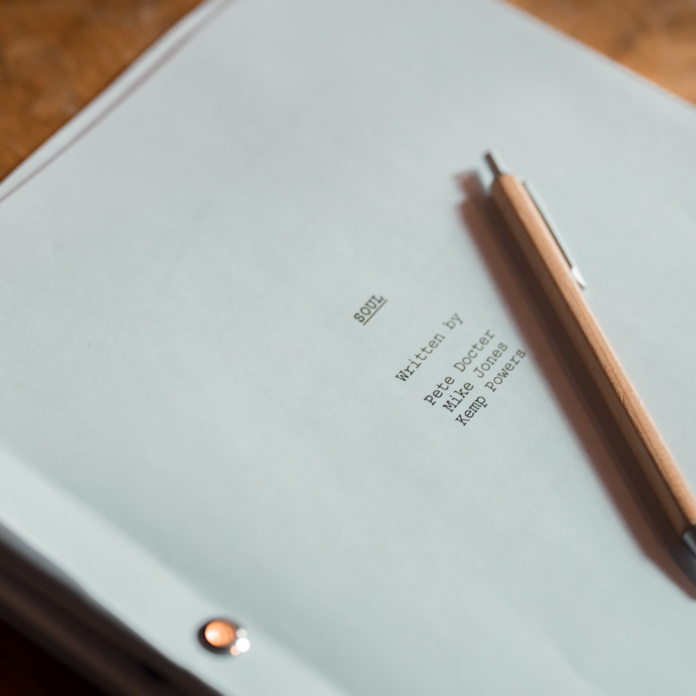A CCSL is a very important document for those looking for thorough and comprehensive closed captioning services. A CCSL can give you multiple kinds of information about the video that is being captioned, including both audio and visual descriptions. This document is important because it can basically tell you everything that happens in the video. All of this information is crucial in allowing those who are hearing disabled to enjoy the video.
What is CCSL?
The CCSL, or the Combined Continuity and Spotting List, is two documents that have been combined to make one complete document. This means that the CCSL includes all of the information from the two separate documents: the Continuity Script and the Spotting List. Each of these two documents contains important information relating to the closed captioning services that are being provided for the video.
The continuity script is a document that contains information for the visual aspects of the movie or video. This means that writers will go through the entire video, capturing time codes and taking notes on anything that happened visually within that time code. These notes may include information such as which characters are visible in the shot, what type of scenery can be seen in the shot, or any actions that may happen during the shot.
The spotting list is the second document that is used to make the CCSL. This document contains information on the audio aspects of the film or movie. Usually, when one thinks of closed captioning services, they are thinking of the process used to make the spotting list. Writers will go through the entire length of the movie or video and transcribe the audio portions of the video, making sure to use the correct time codes to note them. The spotting list does not only include what the characters are saying, but it will also include noises such as music and sound effects.
How to Make a CCSL
After the continuity script and the spotting list have both been formed, it is time to form the CCSL, or the combined continuity and spotting list. This is fairly easy to do: the two documents are laid out so that they are running concurrently on one single document. This means that both audio and visual captions will be displayed cohesively on one single document. This makes it a lot easier to understand what all the video contains and to compare the audio with the visual within each time code.
The left side of the new document holds the continuity script, which includes the shot number, the shot time code, the shot description, as well as the dialogue. The right side of the CCSL is where you can find the spotting list. This side of the document will tell you the subtitle time code, the subtitle number, the spreader ID, the dialogue list, the subtitle duration, and the dialogue annotation. With all of this information available on one single document, you will be able to give your viewers the most complete closed captioning service possible.










![Anso FG Reviews: UPDATED 2024 [ansofg.com] Anso FG Reviews UPDATED 2024 [ansofg.com]](/wp-content/uploads/2023/12/Anso-FG-Reviews-UPDATED-2024-ansofg.com_-100x70.png)







